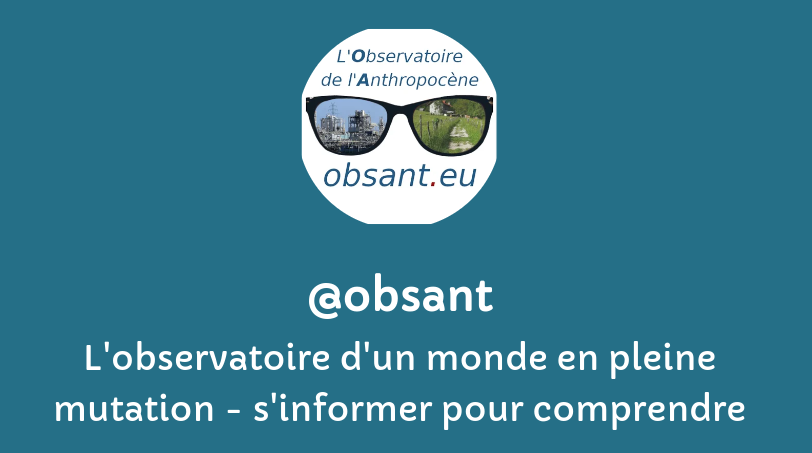01 juillet 2025
Forever chemicals have polluted the water supply of 60,000 people, threatening human health, wildlife and the wider ecosystem. But activists say this is just the tip of the Pfas iceberg
19 juin 2025
When a small Swedish town discovered their drinking water contained extremely high levels of Pfas, they had no idea what it would mean for their health and their children’s future
15 mai 2025
Millions of Americans rely on drinking water systems that have detected these forever chemicals at levels above the now-abandoned limits.
13 mai 2025
A study led by the Joe C. Wen School of Population & Public Health at the University of California, Irvine has revealed possible links between exposure to per- and polyfluoroalkyl substances in drinking water and an increased risk of certain childhood cancers.
21 mars 2025
While NGOs and Members of the European Parliament are calling for a ban on so-called "forever chemicals" in pesticides, only a few kilometres from Brussels, in Flanders, contamination is in full swing, even affecting organic farmers. PFAS (per- and polyfluoroalkyl substances) are chemicals used mainly for their water-repellent properties. Recent studies suggest that pesticide products may contain PFAS and that some active ingredients may meet the definition of a PFAS. This group of chemicals is a known threat to human health. Once in the environment, they are extremely persistent, earning them the nickname "forever chemicals".
10 mars 2025
Plastic pollution and forever chemicals are so widespread they’re even in the rain, putting public health and natural ecosystems at risk.
15 janvier 2025
The multibillion-dollar chemicals company 3M told customers its firefighting foams were harmless and biodegradable when it knew they contained toxic substances so persistent they are now known as “forever chemicals” and banned in many countries including the UK, newly uncovered documents show.
19 décembre 2024
Hastened reviews of compounds as industry ramps up could increase pollution from likely toxic chemicals. The Environmental Protection Agency is quietly fast tracking approval of new PFAS “forever chemicals” for use by the semiconductor industry at the same time the agency is publicly touting increased scrutiny of new PFAS and other chemicals.
04 décembre 2023
A chemical that takes thousands of years to break down is found in England's freshwater fish at 1,000 times above safe levels – and could end up on our dinner tables
12 mai 2023
Chemicals yield profit of about $4bn a year for the world’s biggest PFAS manufacturers, Sweden-based NGO found
06 avril 2023
Those with higher levels of PFAS in their blood had 40% lower chance of conceiving within a year of trying
13 mars 2023
Research finds waste flushed down toilets and sent to sewage plants probably responsible for significant source of water pollution
26 février 2023
More than 17 000 sites all over Europe are contaminated by the “forever chemicals” PFAS, an exclusive, months-long investigation from 18 European newsrooms shows. The investigation “The Forever Pollution Project” reveals an additional 21 000 presumptive contamination sites due to current or past industrial activity. The contamination revealed by this project spreads all over Europe.
24 février 2023
Major mapping project reveals PFAS have been found at high levels at thousands of sites across Europe. EURACTIV's media partner, The Guardian, reports. Pollutants known as “forever chemicals”, which don’t break down in the environment, build up in the body and may be toxic, have been found at high levels at thousands of sites across the UK and Europe, a major mapping project has revealed.
23 février 2023
Major mapping project reveals PFAS have been found at high levels at thousands of sites
18 janvier 2023
Poly- and perfluoroalkyl substances (PFAS) and global climate change have attracted worldwide attention. PFAS have been found all across the planet, from the polar regions to the global ocean. Global oceans have emerged as a substantial sink for the carbon in the environment due to their remarkable capacity to absorb atmospheric carbon. Oceans absorb around 24% of the world’s CO2 emissions. Thus, the ocean plays a prominent role in the earth’s carbon cycle. However, the widespread application of PFAS in a wide range of products and the inefficient management of PFAS-containing wastes made them ubiquitous pollutants, which are increasingly getting as a pollutant of emerging concern. Marine PFAS pollutants can produce harmful effects on gas exchange and the ocean’s carbon cycle. Thus, it leads to an increase in greenhouse gas emissions, which eventually adversely affects global warming and climate change. Consequently, threats of marine PFAS to oceans carbon sequestration are discussed in this paper. Marine PFA
13 octobre 2022
There are likely more than 57,000 locations, with sites in all 50 states and the District of Columbia, that are contaminated with the toxic forever chemicals known as per- and poly-fluoroalkyl substances (PFAS).
15 août 2022
The fate, effects, and treatment of per- and polyfluoroalkyl substances (PFAS), an anthropogenic class of chemicals used in industrial and commercial production, are topics of great interest in recent research and news cycles. This interest stems from the ubiquity of PFAS in the global environment as well as their significant toxicological effects in humans and wildlife. Research on toxicity, sequestration, removal, and degradation of PFAS has grown rapidly, leading to a flood of valuable knowledge that can get swamped out in the perpetual rise in the number of publications. Selected papers from the Journal of Hazardous Materials between January 2018 and May 2022 on the toxicity, sequestration, and degradation of PFAS are reviewed in this article and made available as open-access publications for one year, in order to facilitate the distribution of critical knowledge surrounding PFAS. This review discusses routes of toxicity as observed in mammalian and cellular models, and the observed human health effects i
08 mai 2022
PFAS-tainted sewage sludge is used as fertilizer in fields and report finds that about 20m acres of cropland could be contaminated
18 décembre 2021
The Stockholm University study highlights the chemicals’ mobility, which has been found in penguin eggs and polar bears
![]()



